Prepare a substrate for indoor flowers
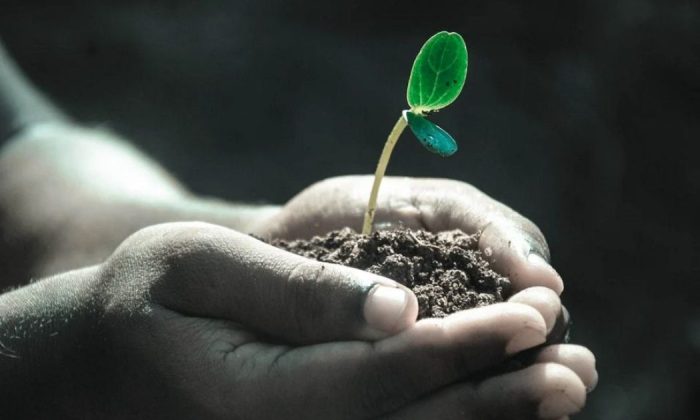
In addition to nutrients, which we can regulate by adding compost, peat and by subsequent fertilization, it is also necessary to provide sufficient permeability. Of course, the vast majority of indoor plants like moist soil very much, but do not like too much or too less water. In this article we shall tell you how to choose proper soil additives based on individual needs of various potted plants.
Soil for indoor flowers – components
Each component of soil is important and has a specific function. The correct amount varies and depends on the type of plant of course. A regular substrate is a mixture of compost and peat with various additives in a 1:1 ratio. To increase the permeability of the substrate, crushed stones, sand, perlite, vermiculite, pumice stone, expanded clay, coconut grit and coconut fibres may be added to the mixture. Many of these components retain moisture in the substrate and at the same time eliminate the risk of overwatering, which may cause root rotting and fungal diseases.
Organic components: peat, compost, dark soil
Organic components are the basis of common substrate used for most indoor flowers. These components are usually dark, brown or black and have a pleasant natural smell. They usually contain a lot of humus, are absorbent, but also partially permeable. However, over time, the substrate becomes more compacted and clogged. Therefore, compost, peat or black soil alone are not perfect for long cultivation of houseplants and you should add the necessary mineral components to the mix.
- Peat affects permeability of the substrate – makes it more permeable and at the same time retains moisture. Substrate mixes use peat with pH between 3 and 4.5 or low pH between 6.5 and 7, and also peat acidified with lime where the pH ranges from 5.5 to5.6.
- Compost soil affects the fertility of the substrate, aerates it and makes it lighter. It is rich in humus and mineral salts. Compost is a basic component for your own substrate and may also be used as an organic fertilizer.
- Black soil is a dark and fertile soil, most often sifted to make it finer. It is rich in nutrients and retains moisture well.
Minerals and other components
There is a whole range of safe and relatively cheap minerals that do not affect fertility directly, but regulate the flow of water. The more you use in the mixture, the better water drainage. Here are few options you may use:
- Sand loosens soil and prevents it from clumping. Most often used to loosen soil rich in humus and clay.
- Perlite supports good aeration of the substrate, loosens it and at the same time retains moisture and prevents water stagnation. Perlite is available in different particle sizes. You shall choose the particle size based on the size of the container that you will use for growing. The bigger the container, the bigger the size may be.
- Pumice helps to keep the substrate moist and at the same time promotes good aeration and permeability. Loosens heavy soils and absorbs large amounts of water and nutrients.
- Fragmented and composted bark promotes good aeration of roots and loosens the substrate. Bark gradually decomposes making the substrate slightly acidic, which is why, despite its low price, it is often replaced by more durable materials.
- Coconut crumb maintains moisture in the substrate and ensures excellent aeration. It is durable and does not decompose even after a long time.
- Coconut fibre increases the airiness and permeability of the substrate and maintains moisture while preventing water retention.
Preview photo: Pixabay

Gardening is my hobby, I have a lot of experience and I am happy to share it.



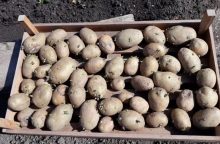
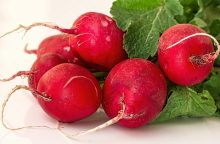
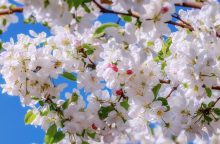
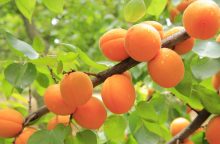
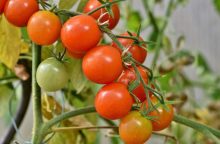
0 comments